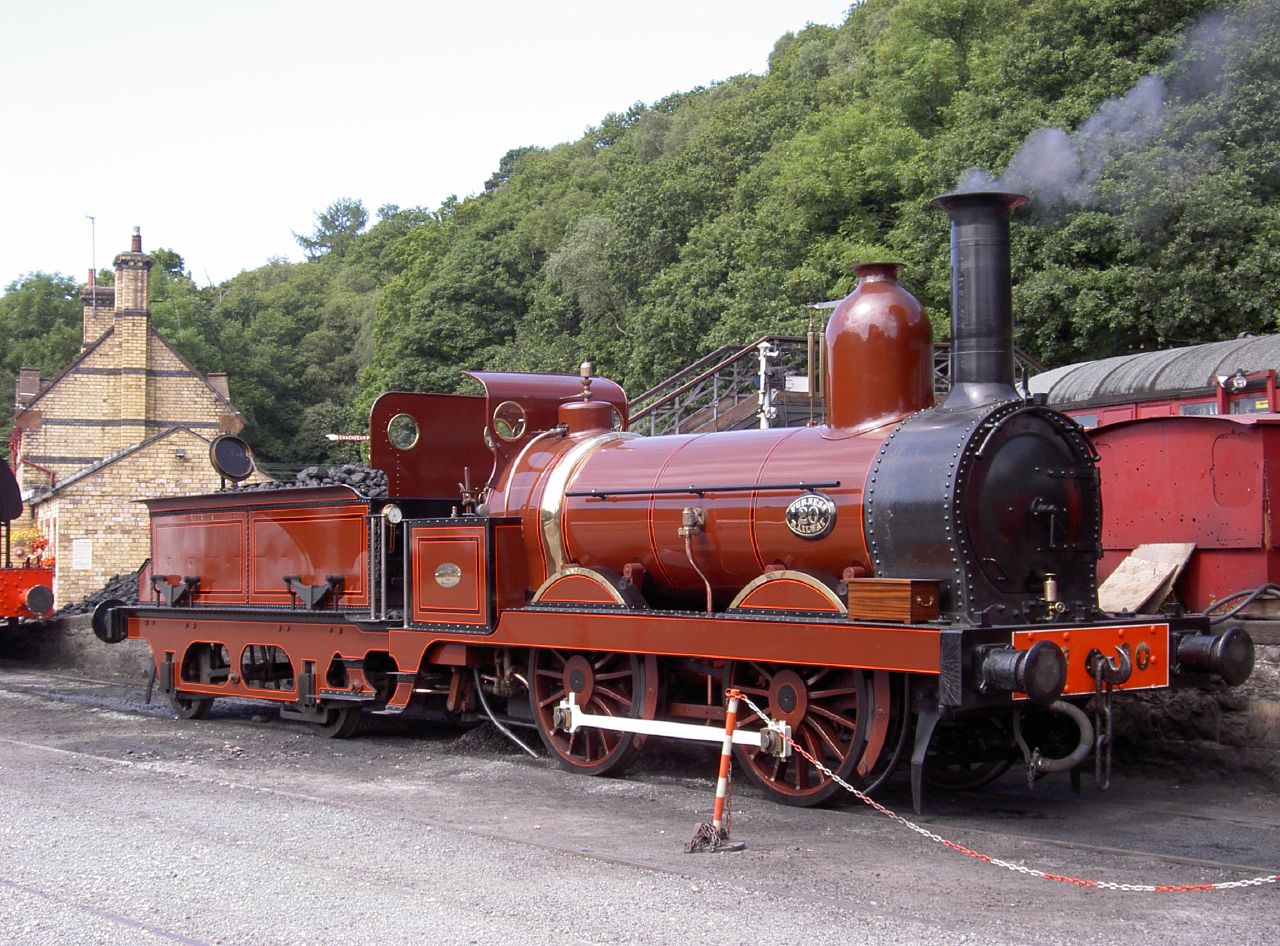 >
>
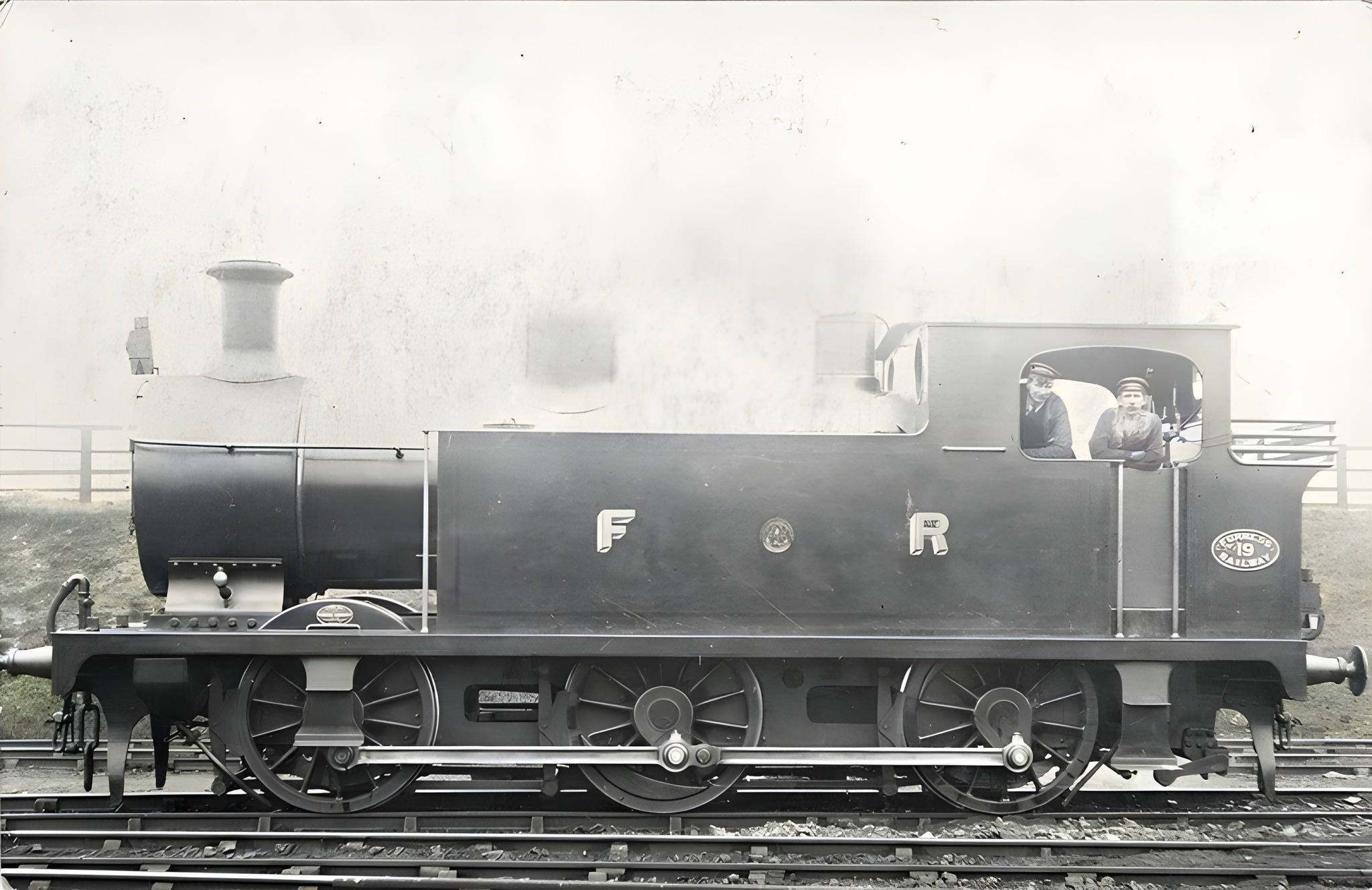 >
>
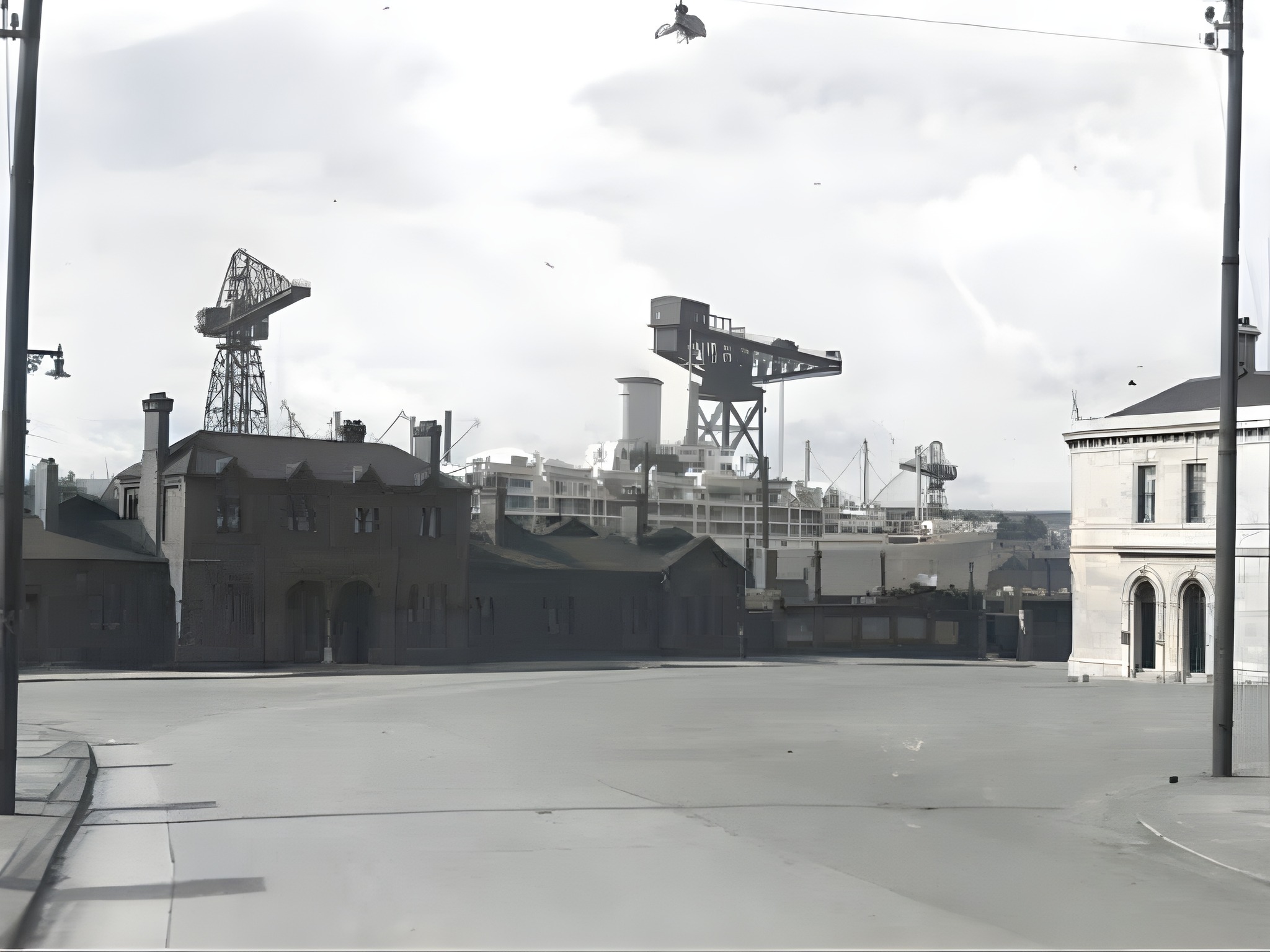 >
>
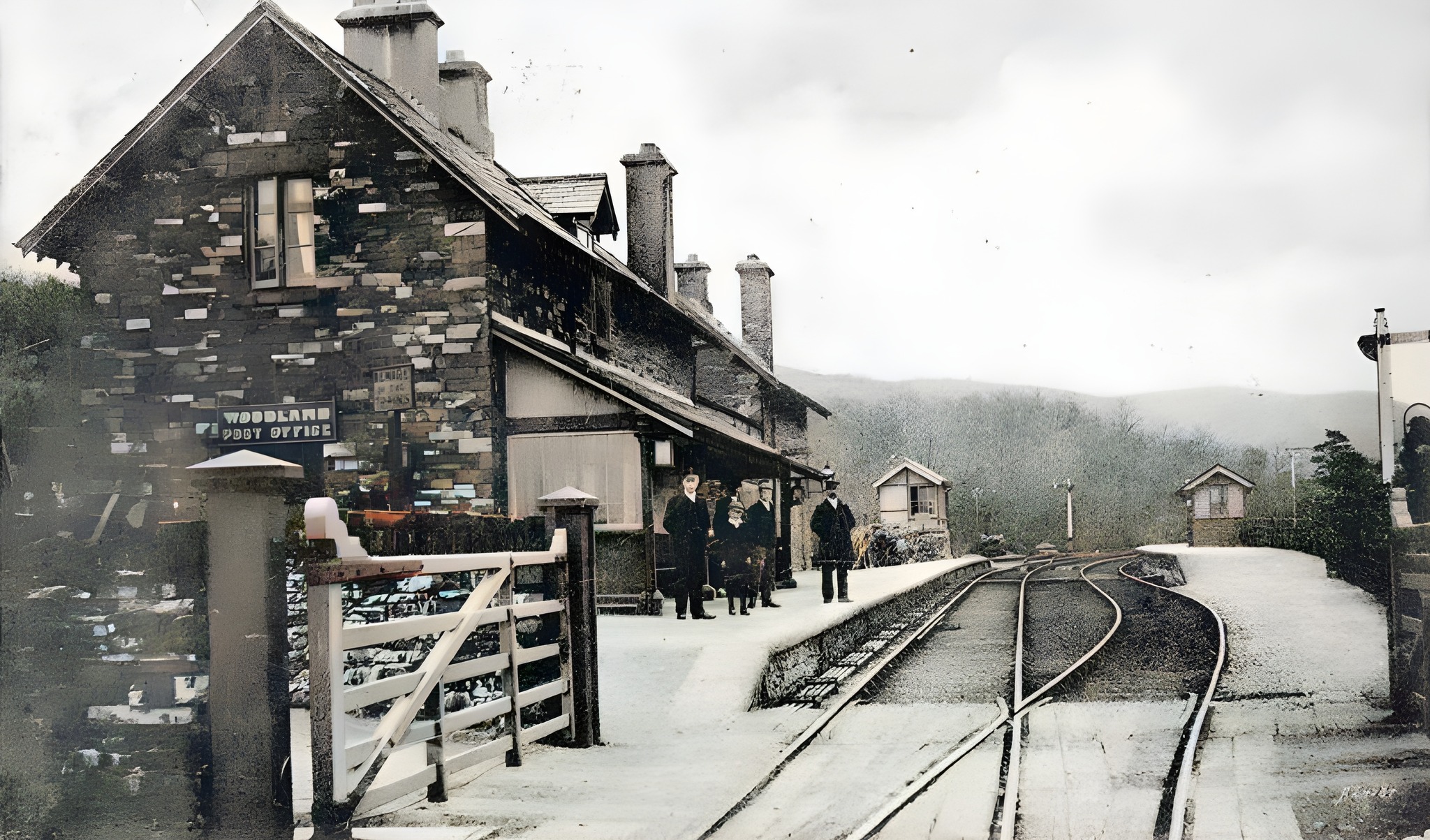 >
>
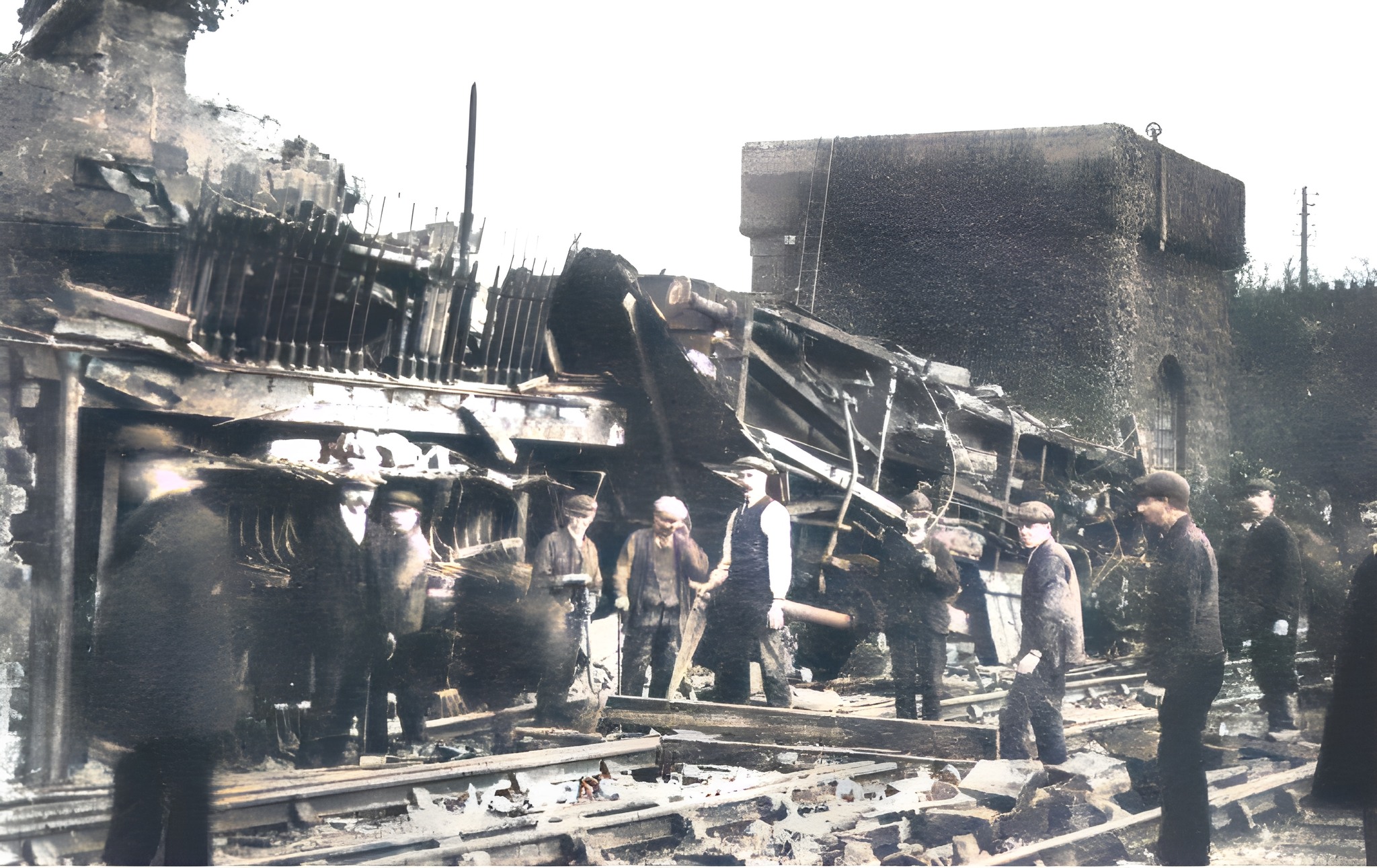 >
>
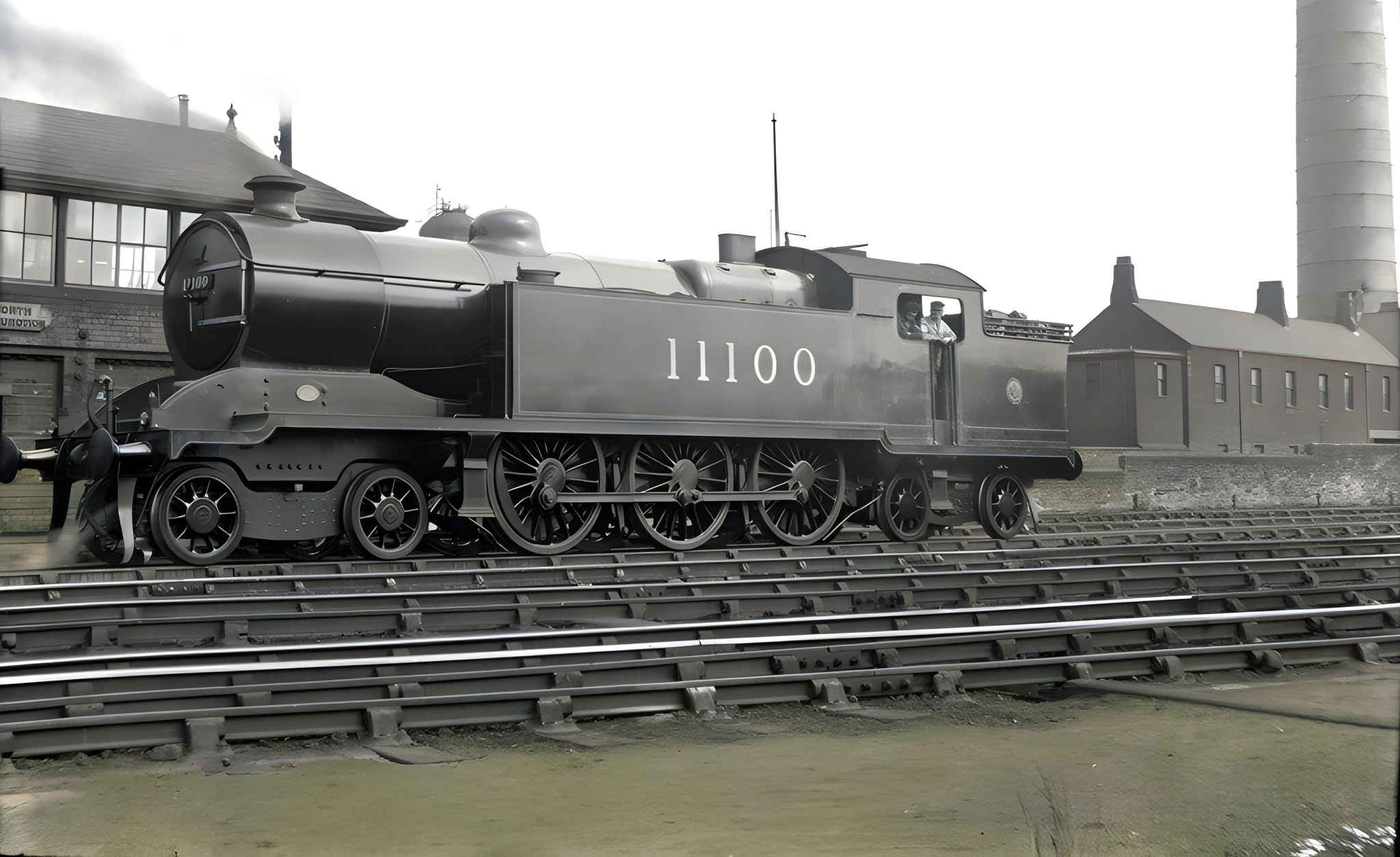 >
>
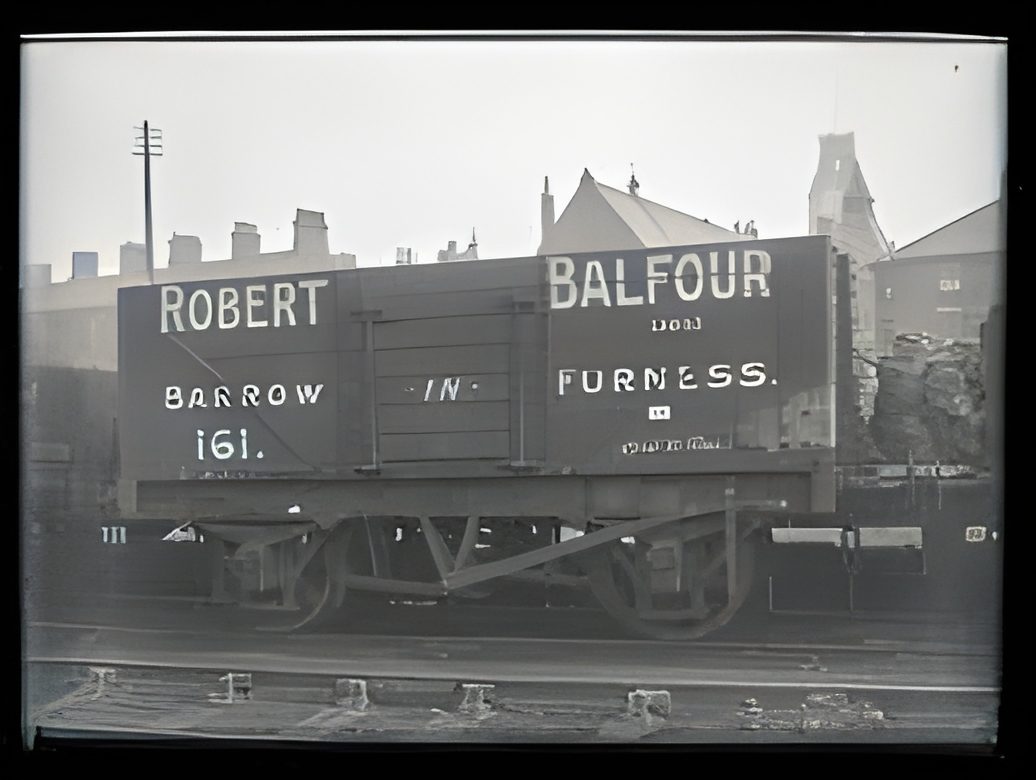 >
>
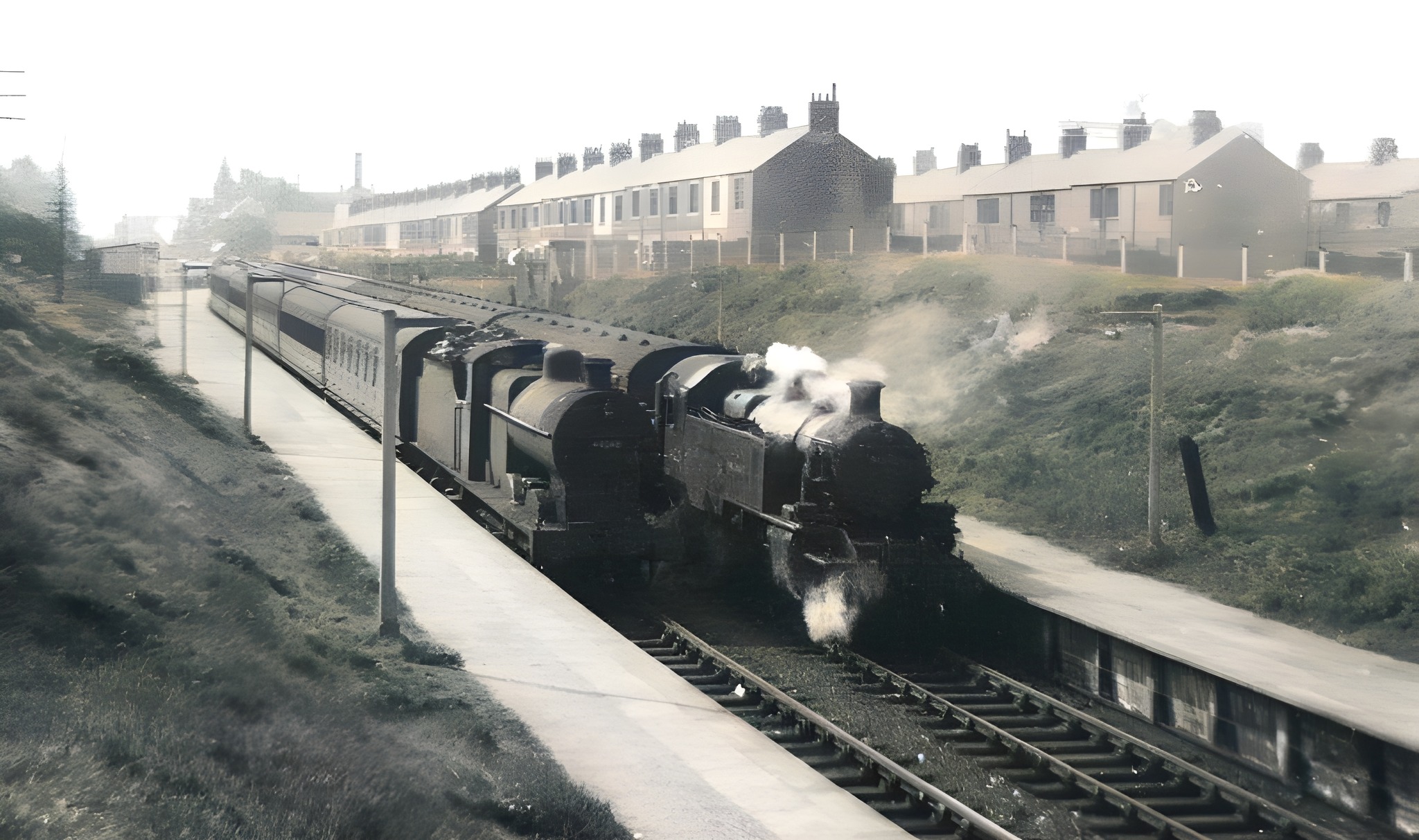 >
>
 >
>
 >
>
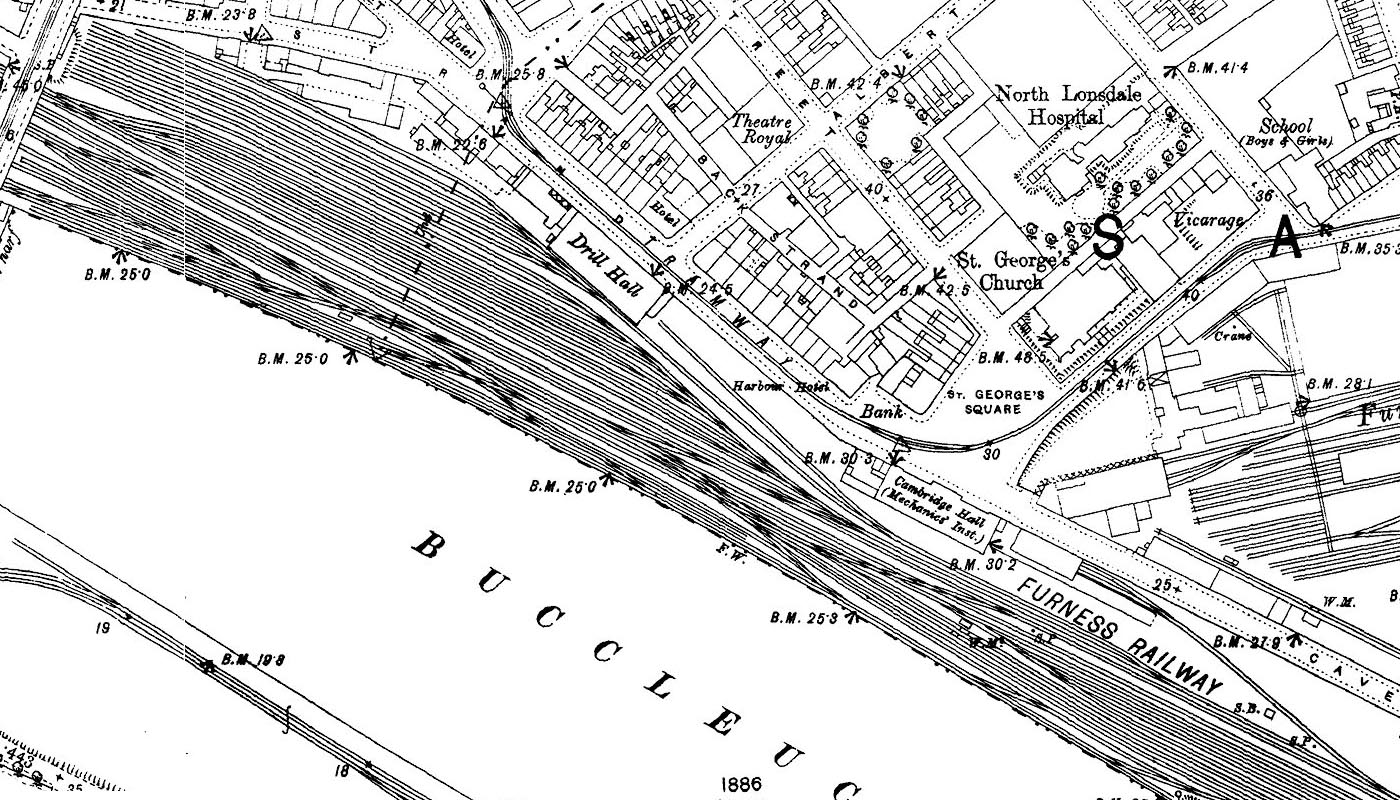 >
>
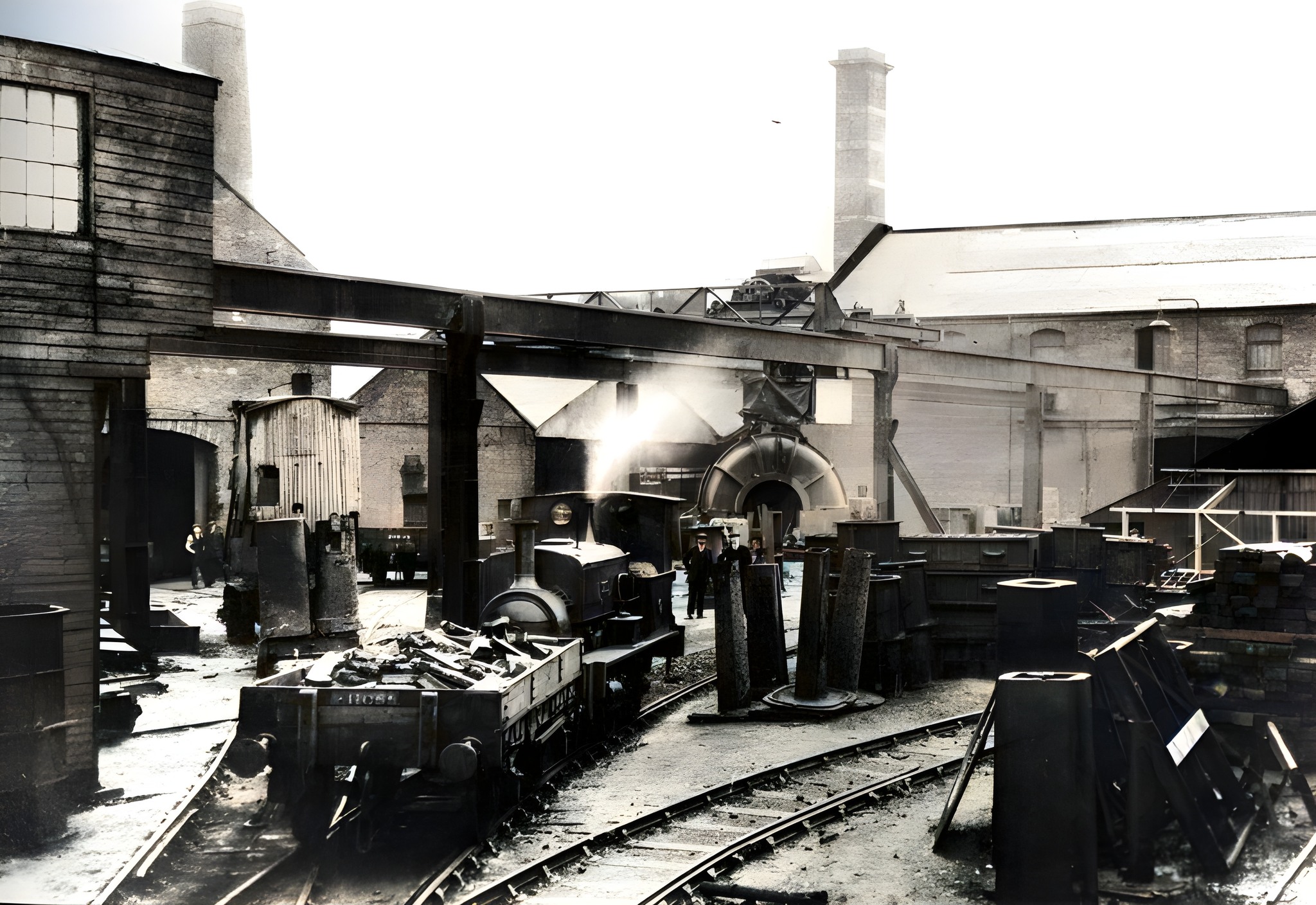 >
>
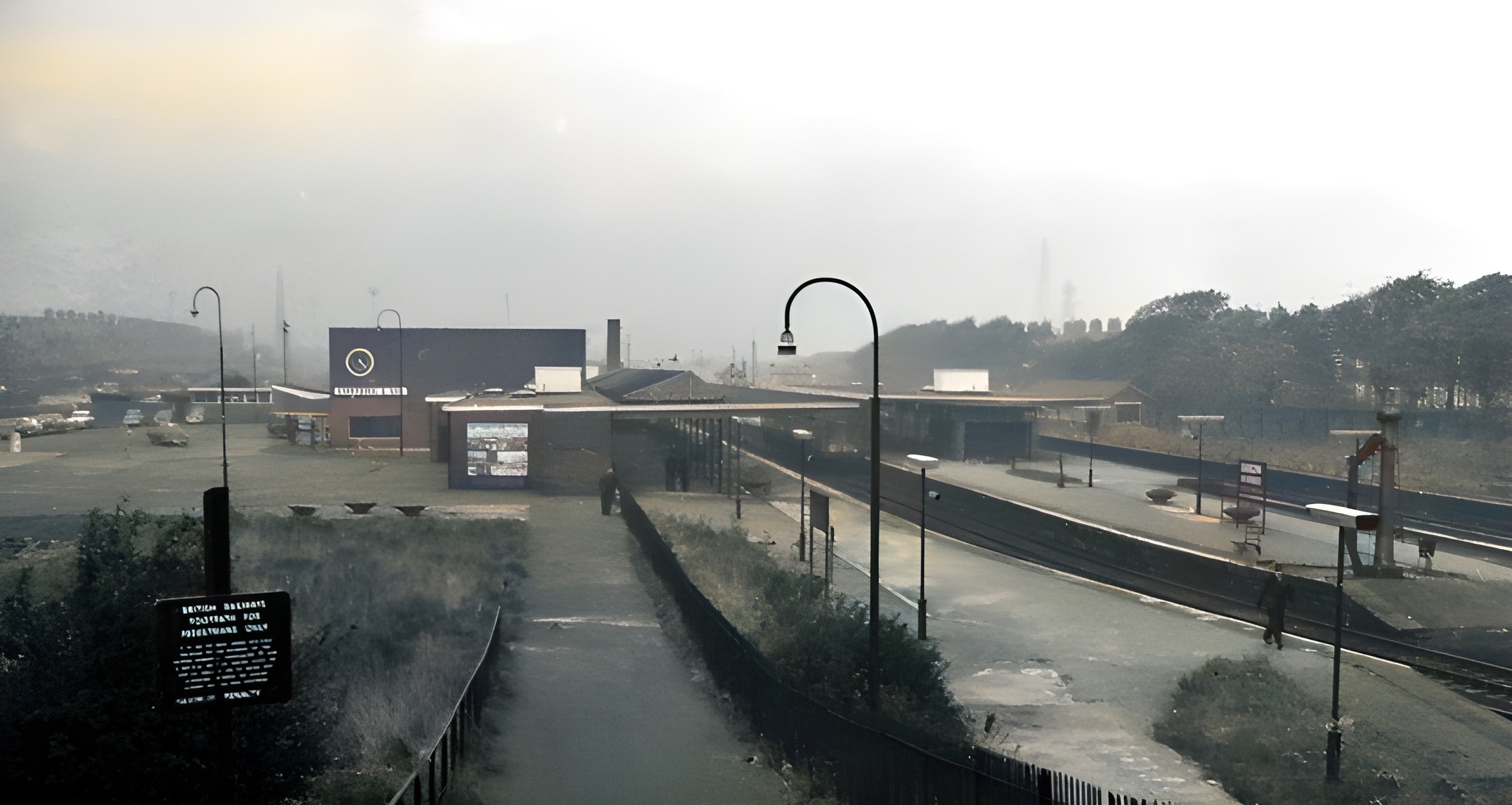 >
>
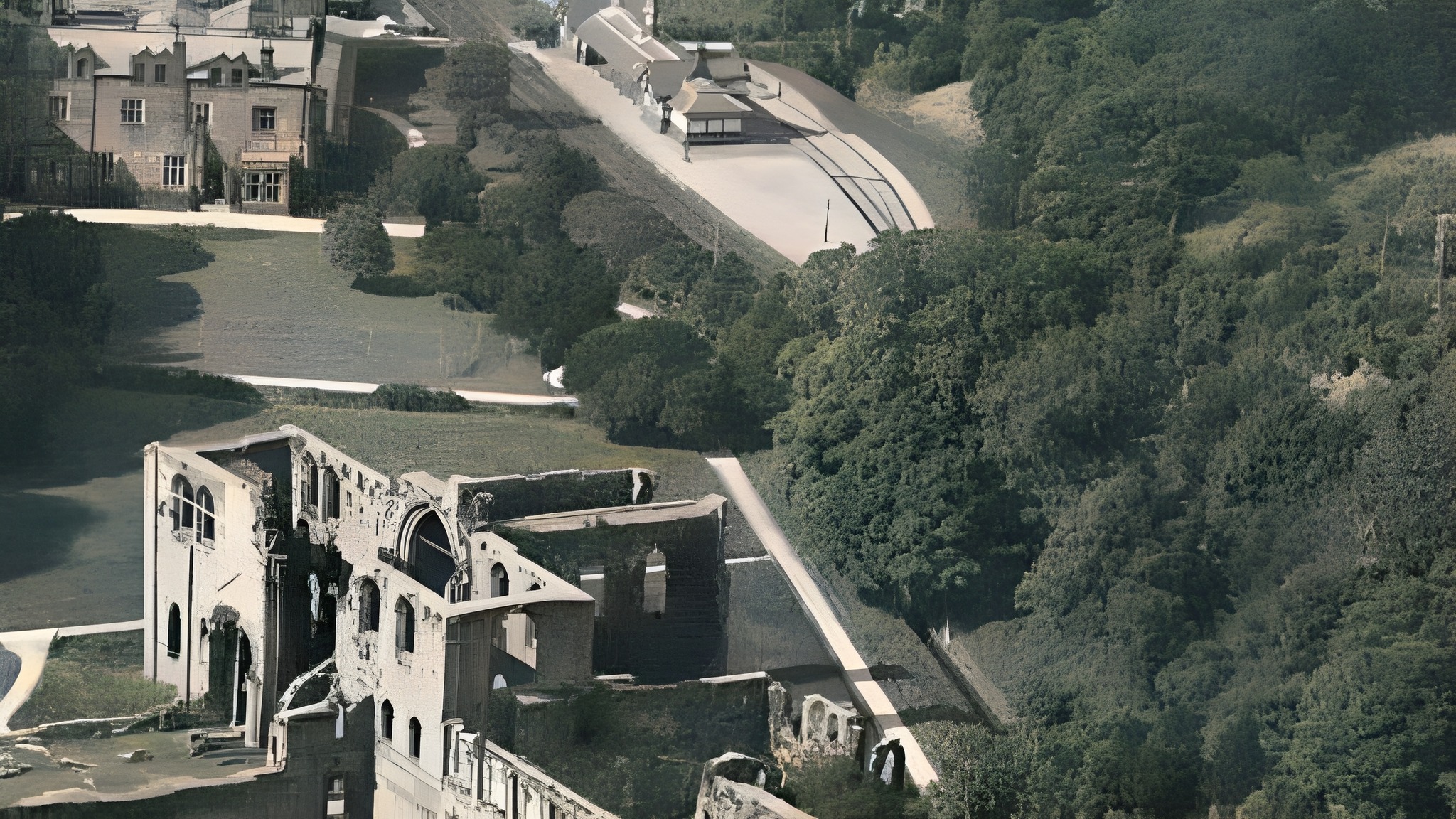 >
>
A Journey Back in Time: The Furness Railway and Barrow-in-Furness The Furness Railway, a testament to Victorian ingenuity and industrial ambition, winds its way through the history of Barrow-in-Furness like a thread of iron. Established in the mid-19th century, amidst the dramatic landscape of Cumbria, this railway played a pivotal role in connecting Barrow with the wider world, facilitating the transportation of goods and people, and driving the town's growth and prosperity. Imagine the scene: billowing smoke rising from the burgeoning iron and steelworks of Barrow, the air thick with the scent of coal and industry. It was this burgeoning industry, hungry for raw materials like iron ore and coal, that spurred local entrepreneurs and industrialists to form the Furness Railway Company in 1846. They envisioned a network that would not only transport goods but also weave together the communities of the Furness Peninsula and beyond. The railway line snaked its way from the bustling port of Barrow, past the rolling hills of Dalton-in-Furness, and onwards, connecting to the wider network at Carnforth, gateway to the West Coast Main Line. This iron road opened up new opportunities for trade and commerce, allowing goods to be transported swiftly and efficiently to markets across the country, even reaching the bustling ports of Whitehaven, with its maritime connections to Ireland and beyond. But the Furness Railway was not just about business – it was also about connecting communities and improving the lives of ordinary people. Picture families enjoying a day trip to the seaside at Morecambe, or workers travelling to the shipyards, their faces etched with the promise of a new day. The railway line provided a vital link between towns and villages, enabling people to travel for work, leisure, and education like never before. And what of the scenery? Imagine gazing out of the carriage window at the breathtaking vista of the Lake District, its majestic peaks reflected in the shimmering waters of Windermere. The Furness Railway played a crucial role in opening up this stunning region to tourists, offering them a chance to experience the beauty of the Lakes firsthand. As the railway expanded, so too did the towns and industries it served. Barrow's shipyards flourished, fuelled by the reliable supply of raw materials brought in by rail, while smaller communities along the route, like Ulverston with its historic canal, benefited from increased trade and connectivity. The Furness Railway was a hive of activity, with trains thundering across impressive viaducts like the one at Arnside, their steam engines echoing through the valleys, carrying goods and passengers to destinations near and far. But as the 20th century dawned and new modes of transportation emerged, the railway began to decline. Today, the legacy of the Furness Railway lives on. Historic railway stations stand as proud monuments to a bygone era, their Victorian architecture whispering tales of a time when steam was king. Remnants of track and the imposing viaducts still dot the landscape, reminders of the railway's indelible mark on Barrow and the Furness Peninsula. And thanks to the dedicated work of organisations like the Furness Railway Trust, you can even experience a journey back in time aboard a steam train, hauled by locomotives like the venerable FR No. 20, the oldest working standard gauge steam locomotive in Britain. The Furness Railway may be a whisper of the past, but its impact on Barrow-in-Furness and the surrounding region continues to resonate. It is a testament to the vision and enterprise of those who built it, and a reminder of the power of transport to shape communities and transform lives. #FurnessRailway #BarrowInFurness #Cumbria #VictorianEngineering #RailwayHistory #LakeDistrict #IndustrialHeritage #SteamTrains #UKRailways #Travel #History